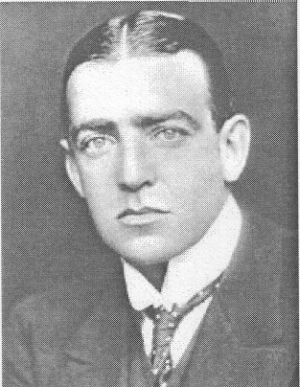- Author
- Taylor, Megan, Midshipman, RAN
- Subjects
- Biographies and personal histories, History - Between the wars
- Tags
-
- RAN Ships
- None noted.
- Publication
- December 2008 edition of the Naval Historical Review (all rights reserved)
‘Superhuman effort isn’t worth a damn unless it achieves results.’ Ernest Shackleton, 1916
‘It is not the strongest of the species that survives, nor the most intelligent that survives. It is the one that is most adaptable to change.’ Charles Darwin
(Editor’s Note: This essay was submitted for the annual Historical Essay Competition at the Royal Australian Naval College. The theme was Leadership. A brief biography of Mid Taylor appears at its end.)
From the outset, mankind sought to extend knowledge, experiences and understanding of the physical world. Our innate need to conquer new territories irrespective of dangers, insurmountable obstacles or personal peril is a particularly human trait, requiring exceptional leadership for success.
Desolate frontiers of the polar regions were the last land masses challenged by men of vision, single-mindedness and fortitude. Leaders of such expeditions became role models and heroes, their exploits, the bases of legend, inspiration and stirring patriotism. Sir Ernest Shackleton was one such man.

Between 1914 and 1917 his Imperial Trans-Antarctic Expedition attempted the first crossing of Antarctica, closely following Amundsen’s and Scott’s teams reaching the South Pole. This essay outlines the expedition’s successes, failures and rescue, due to the tenacity, inspiration and adaptability of its extraordinary leader – Sir Ernest Shackleton.
Shackleton aspired to undertake his own Antarctic expedition after previous experience gained on Robert Falcon Scott’s 1900 attempt to reach the South Pole. After this was conquered, his focus shifted to crossing the continent – a feat not attempted, nor perhaps even contemplated, to that point.
His ships were strategically selected. The Aurora, purchased from Sir Douglas Mawson and tested in Antarctic conditions, and Endurance, purpose built in Norway with a reinforced V-hull, named from the Shackleton family motto – By Endurance We Conquer.
Planning
Planning was thorough. Ponies previously used were replaced by huskies as a more expedient transportation method. The Aurora and its crew were to prepare food dumps from the Ross Sea for the overland party, assisting on the final leg of their journey, and minimising the sled weights allowing a speedier transit. Monies were retained so regular payments could be made to the crew’s families.
Men, vetted and selected from voluntary applications, created a like-minded crew. Shackleton drew around him a loyal team including Frank Wild with whom he had worked on the Scott expedition, and Frank Worsley to Captain the Endurance. With trust and support from his senior crew, Shackleton effectively ensured adherence to his orders from his men. Compliance quickly developed, and by his personal interest in, and understanding of, his men, this became commitment to the mission and therefore to their leader.
Shackleton held qualities essential for the ‘urge to conquer the unknown: curiosity, courage, yearning for adventure.’ He was a realist, and from experience understood the limitations of human endurance. Although the mission was to cross Antarctica, his men came first. He recognised the need to ‘build up, and then hold together, an effective team and a happy team.’ In return, his men never lost faith and trust in their leader’s decisions, nor in Shackleton’s ability to ensure their return, despite the seeming hopelessness as the expedition continued.
The Great War was underway when Shackleton sailed for South Georgia on 8 August 1914. By 19 January 1915, Endurance was trapped in pack ice in the Weddell Sea. After ten days Shackleton let the fires die on Endurance, setting up camp nearby on the ice floe. Nine months later, with the crew in regular routines, the ship was enveloped in three floes. All stores were removed and inevitability accepted. Ocean Camp was created a mile from Endurance which sank on 21 November 1915.
Change in Mission
With the sinking of Endurance, Shackleton changed the mission. ‘We are alive and well, and we have stores and equipment for the task that lies before us. The task is to reach land with all the members of the expedition.’ This disheartening loss was dispelled with a simple ‘She’s gone boys’ from Shackleton, and a morale boosting increase in rations. It became evident that Ocean Camp was unsafe with the floes thawing, so Shackleton decided to forge ahead for Paulet Island some 350 miles away. Leading by example, he discarded everything unnecessary for survival, throwing his gold watch, cigarette case and cash into the snow. This visible act confirmed his resolve and the severity of the situation to the other 27 men. He allowed each man 2 pounds of personal items, understanding their psychological need to have a tangible past.




